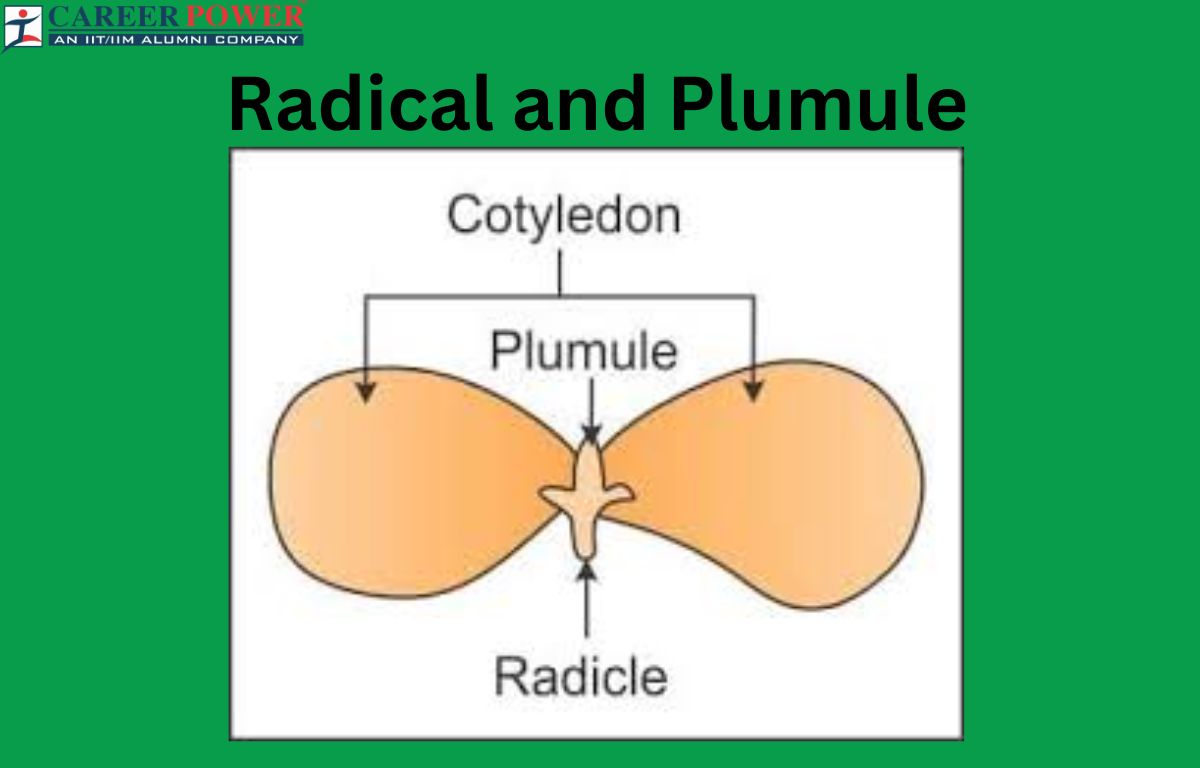Radicle and Plumule
Radicles and Plumules are parts of a plant’s embryo. The radicle is responsible for root formation, ensuring the plant gets water and nutrients from the soil. On the other hand, the plumule gives rise to the shoot, where leaves and stems develop, aiding in Photosynthesis and overall plant growth above the ground. They work together for a balanced plant development.
What are Radicles?
Radicles are the embryonic roots of a plant, emerging from seed during germination. They represent the first stage of root development, vital for anchoring the plant in soil and absorbing water and nutrients. As the radicle elongates, it gives rise to the primary root, which serves as the foundation for the plant’s root system. This root system plays a crucial role in supporting the plant’s overall growth and stability.
The radicle’s emergence is triggered by factors like moisture, temperature, and sometimes light. It marks the beginning of a plant’s life, initiating the process of seed germination. While the radicle is the initial root, the plant eventually develops secondary and tertiary roots, forming a complex network beneath the soil. The successful establishment of radicles is pivotal for the plant’s ability to thrive, as it sets the groundwork for nutrient uptake and contributes to the plant’s overall health and productivity.
What is Plumule?
A plumule is a tiny shoot within a seed that develops into the embryonic stem and leaves of a new plant during germination. Essentially, it’s the plant’s early stage of shoot development. When a seed begins to sprout, the first thing that emerges is the radicle (embryonic root), followed by the plumule. The plumule is typically found in the upper part of the seed and consists of a miniature stem with tiny, undeveloped leaves.
As environmental conditions, such as water, warmth, and sometimes light, stimulate the seed, the plumule starts to grow upwards. Once it breaks through the soil surface, it develops into the main stem of the young plant, producing leaves that are crucial for Photosynthesis. In summary, the plumule is like the plant’s first hint of above-ground growth, playing a vital role in the early stages of a plant’s life cycle.
Difference Between Radicle and Plumule
Here we have discussed a few points based on the location, morphology, role in germination, and the functions of radicle and plumule in a table form that will highlight the difference between radicle and plumule.
| Difference Between Radicle and Plumule | ||
| Features | Radicle | Plumule |
| Location | Radicles are found in the seed, it is the embryonic root. | Plumule is also found within the seed, it is the embryonic shoot. |
| Function | Radicle develops into the root system of the plant. | Plumule develops into the root system of the plant. |
| Direction of Growth | Radicle grows downward into the soil. | Plumule grows upward on the surface. |
| First Outgrowth | Radicles are typically the first part to emerge during germination. | Plumule follows the radicle during germination. |
| Morphology | Radicles are often thinner and less complex than the plumule. | Plumules can have more intricate structures, including embryonic leaves. |
| Role in Germination | Radicle intricates the process by penetrating the seed coat and establishing root growth. | Plumule emerges after the redicle and forms the initial shoot structure. |
| Tissues Developed | Radicle gives rise to rise to root tissues. | Plumule gives rise to shoot tissues. |
| Growth Environment | Radicle grows in the soil, absorbing water and nutrients. | Plumule grows above the soil, exposed to light for photosynthesis. |
| Primary Growth Focus | Radicle focuses on establishing a stable root system for nutrient uptake. | Plumule focuses on developing structures for photosynthesis and upward growth. |
| Role in Plant Development | Radicle is critical for anchoring the plant and absorbing water and minerals. | Plumule is essential for the development of the above-ground plant parts, including stems, leaves, and flowers. |
Functions of Radicle and Plumule
As we know the plumule plays a key role in the development of the above-ground parts of a plant, promoting its growth and adaptation to the environment.
Functions of Radicle
Below we have discussed a few points that describe the functions of radicle. These functions collectively contribute to the successful establishment and growth of a new plant.
- Primary Root Formation: The radicle is the embryonic root of a seedling, which develops into the primary root of the plant.
- Anchorage: Once germinated, the radicle anchors the plant in the soil, providing stability and support.
- Absorption of Water and Nutrients: The radicle is responsible for absorbing water and essential nutrients from the soil, facilitating the plant’s growth.
- Establishment of Plant Root-Soil Interface: Through the radicle, the plant establishes its connection with the soil, facilitating the exchange of water, nutrients, and gases.
Functions of Plumule
The plumule is the embryonic shoot of a plant found in the growing tip of the embryo. Here we have discussed its main functions in points:
- Shoot Development: The plumule gives rise to the shoot system of the plant, including the stems, leaves, and eventually flowers.
- Leaf Formation: It is responsible for the initiation and development of the plant’s leaves, which are essential for photosynthesis.
- Apical Dominance: The plumule, especially the apical bud, often exerts apical dominance, regulating the growth of lateral buds and branches.
- Photosynthesis Initiation: Leaves formed by the plumule are crucial for photosynthesis, the process by which plants convert light energy into chemical energy for growth.
- Establishment of above-ground Structure: The plumule is instrumental in the formation of the plant’s above-ground structure, determining its overall shape and architecture.



 50 Vegetables Name for Kids in English a...
50 Vegetables Name for Kids in English a...
 Food Chain: Definition, Types, Examples,...
Food Chain: Definition, Types, Examples,...
 Human Respiratory System: Definition, Di...
Human Respiratory System: Definition, Di...













